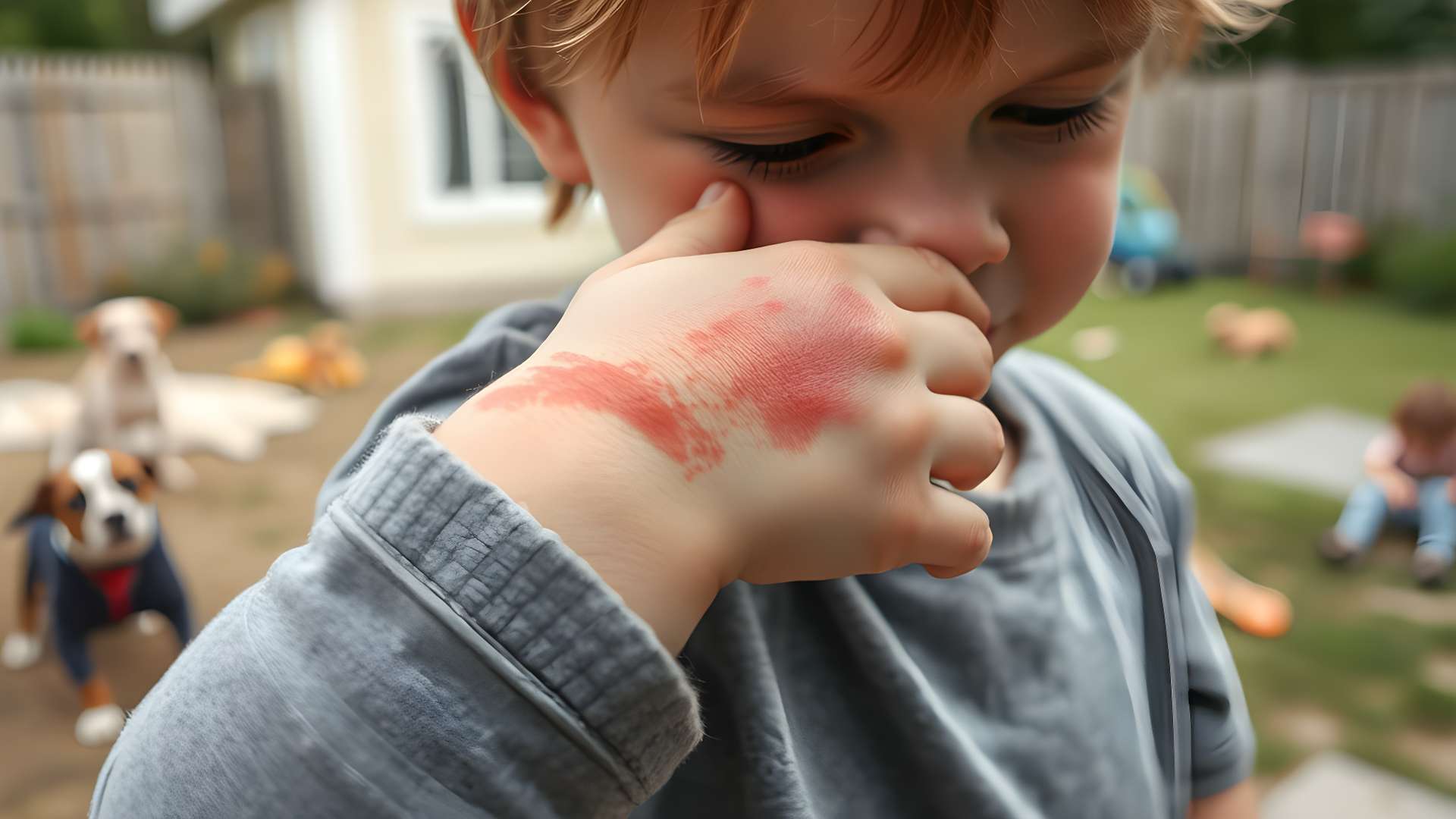Ad Blocker Detected
Our website is made possible by displaying online advertisements to our visitors. Please consider supporting us by disabling your ad blocker.
Sinusitis. The word alone feels heavy, doesn’t it? For anyone who’s faced that relentless pressure in their face or a stuffy nose that just won’t quit, it’s more than a medical term—it’s a major life disruption. Sinusitis, also known as a sinus infection, affects those air-filled pockets in your face—behind your cheekbones, around your eyes, and yes, even lurking near your forehead. When these areas get inflamed and swollen, they block up like rush-hour traffic, creating a cozy little spa for bacteria, viruses, and fungi to party in.
Sometimes, sinusitis breezes through like an unwelcome guest who overstays their welcome for a week or two. Other times, it digs in its heels, turning into a chronic, 12-week-plus saga of congestion, fatigue, and discomfort. Either way, it can mess with your life, but the good news? There are solutions—lots of them.
So, let’s get into what causes sinusitis, what it feels like, and how to kick it to the curb.
About Sinusitis Conditions
Think of your sinuses as a network of caves that should stay clear and breezy. When the lining swells up, things go haywire. Here’s why it happens:
- Viral infections: Ever had a cold that seemed innocent at first but turned into a full-blown sinus nightmare? That’s often because viruses inflame the sinuses, making it harder to breathe.
- Bacterial infections: If fluid gets trapped in the sinuses long enough, bacteria can set up shop, turning a mild issue into something more serious.
- Fungal infections: Rare but real—fungi love a good weak immune system.
- Allergies: Spring pollen, dusty shelves, or moldy basements—these can all trigger allergic reactions that lead to sinus problems.
- Structural quirks: Got a deviated septum or nasal polyps? These can block drainage pathways, creating the perfect storm for sinus trouble.
Sinusitis comes in two flavours:
- Acute sinusitis: Quick and dirty, this version sticks around for less than four weeks.
- Chronic sinusitis: The marathon version, where you’re stuck with symptoms for 12 weeks or more—sometimes even with treatment.
Sinusitis Symptoms
Let’s be honest: when sinusitis strikes, it’s not subtle. Here’s what you might feel:
- Face drama: Pain or pressure in your forehead, cheeks, or around the eyes that makes you wonder if your head might implode.
- Nasal traffic jam: Breathing through your nose? Forget about it.
- Mucus makeover: Thick, green, yellow, or even blood-tinged snot. Delightful.
- Postnasal drip: That annoying tickle in your throat? Yep, that’s sinusitis trying to mess with you.
- Lost senses: Food tastes like cardboard and your favorite candle? Can’t smell it.
- Fever and fatigue: When your body feels like it’s at war.
- Headaches and coughs: The double whammy.
Risk Factors for Sinusitis
Not everyone gets sinusitis, but if you’re ticking these boxes, you might be in the danger zone:
- Recent colds or flu: These upper respiratory culprits pave the way.
- Allergies: Your immune system’s overreaction can spark sinus trouble.
- Smoking: It’s like pouring gasoline on a fire for your sinuses.
- Pollutants: Dust, smoke, chemicals—these irritants don’t play fair.
- Structural issues: Nature’s little quirks, like a crooked septum, can make you prone.
- Weak immune system: If your defences are down, infections seize the moment.
- Jobs in dusty spaces: Occupational hazards like woodworking or construction can irritate the nasal passages.
Treatment Options for Sinusitis
Sometimes, sinusitis can be tackled at home—other times, you need reinforcements. Here’s the playbook:
- DIY care: Think hydration (because water fixes everything, right?), warm compresses, and rest. Add in a saline nasal spray for good measure.
- Over-the-counter fixes: Pain relievers like ibuprofen or acetaminophen can help with the aches and fevers.
- Medical interventions:
- Decongestants shrink the swelling.
- Nasal corticosteroids calm the inflammation storm.
- Antibiotics step in if bacteria are to blame.
- Antifungals—rare, but necessary in some cases.
- Surgery for the structural stuff—like clearing nasal polyps or straightening out that septum.
Preventing Sinusitis Like a Pro
Prevention might not be glamorous, but it beats being stuck in bed with a box of tissues. Here’s how to stay ahead:
- Wash your hands, seriously: The less you touch your face with germy hands, the better.
- Avoid smoke and irritants: This one’s self-explanatory.
- Control allergies: Don’t let pollen and dust win.
- Sleep, eat, and stress less: The trifecta for a stronger immune system.
- Moisturize your air: A humidifier can turn dry winter air into sinus-friendly bliss.
Conclusion
Sinusitis might feel like the universe’s way of testing your patience, but it’s not unbeatable. From recognizing the symptoms to trying home remedies—or seeking medical advice if things get serious—there’s always a way forward. And remember: prevention is your best friend. Keep those sinuses happy, and they’ll stay out of your way.
Spread health, not mucus.
Disclaimer: This isn’t medical advice. Got sinus drama? See a healthcare professional.


